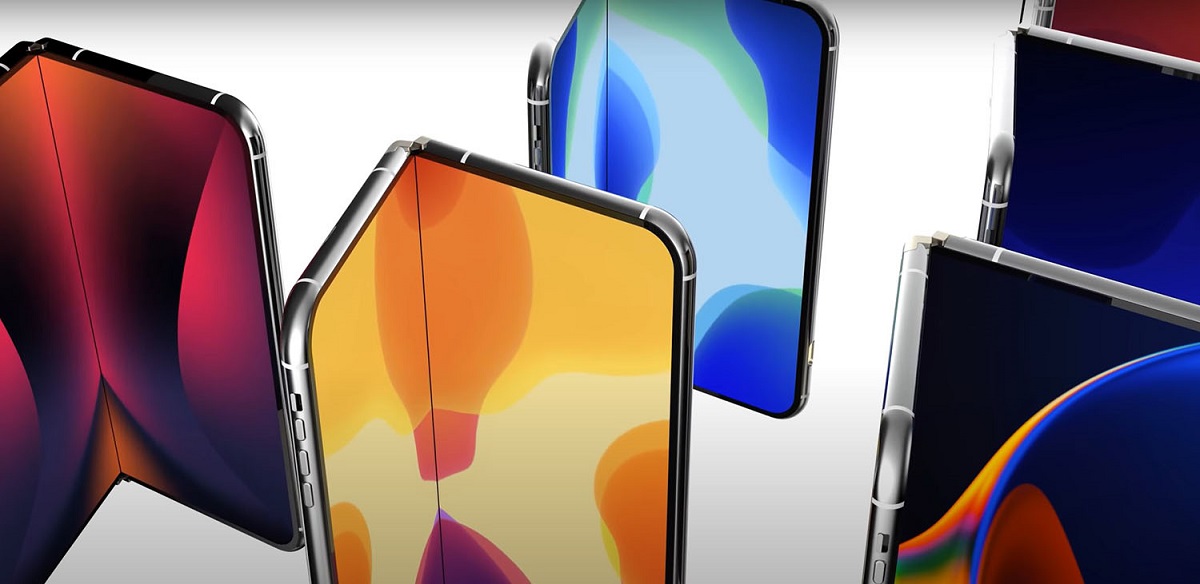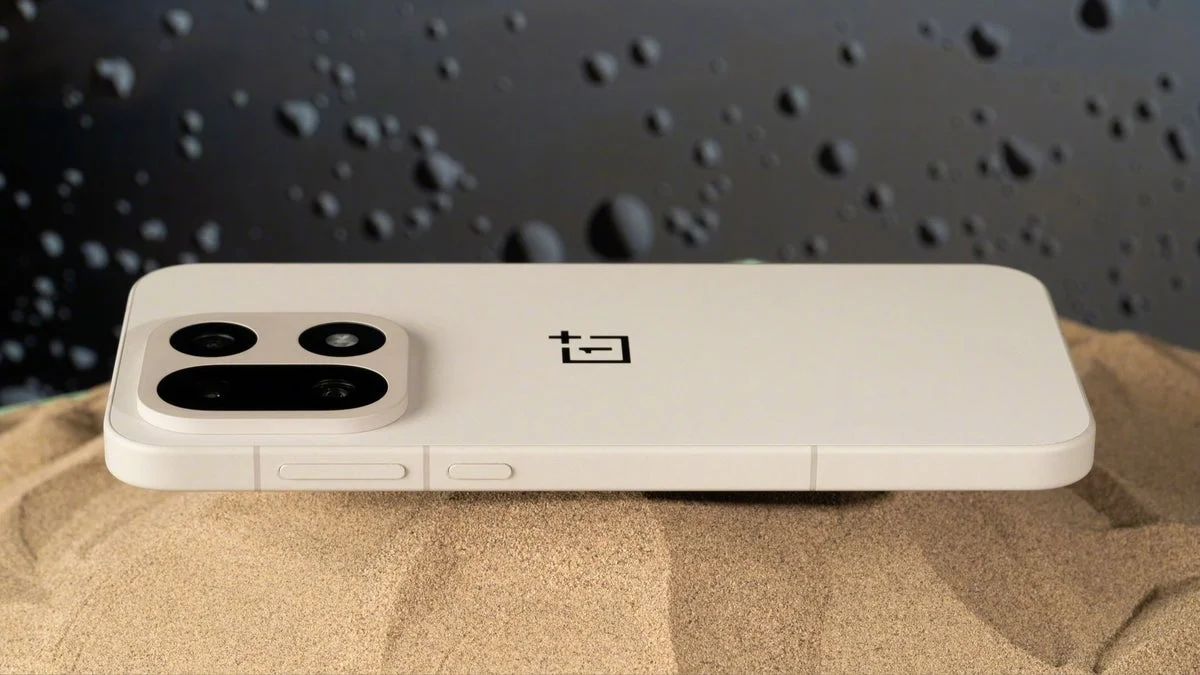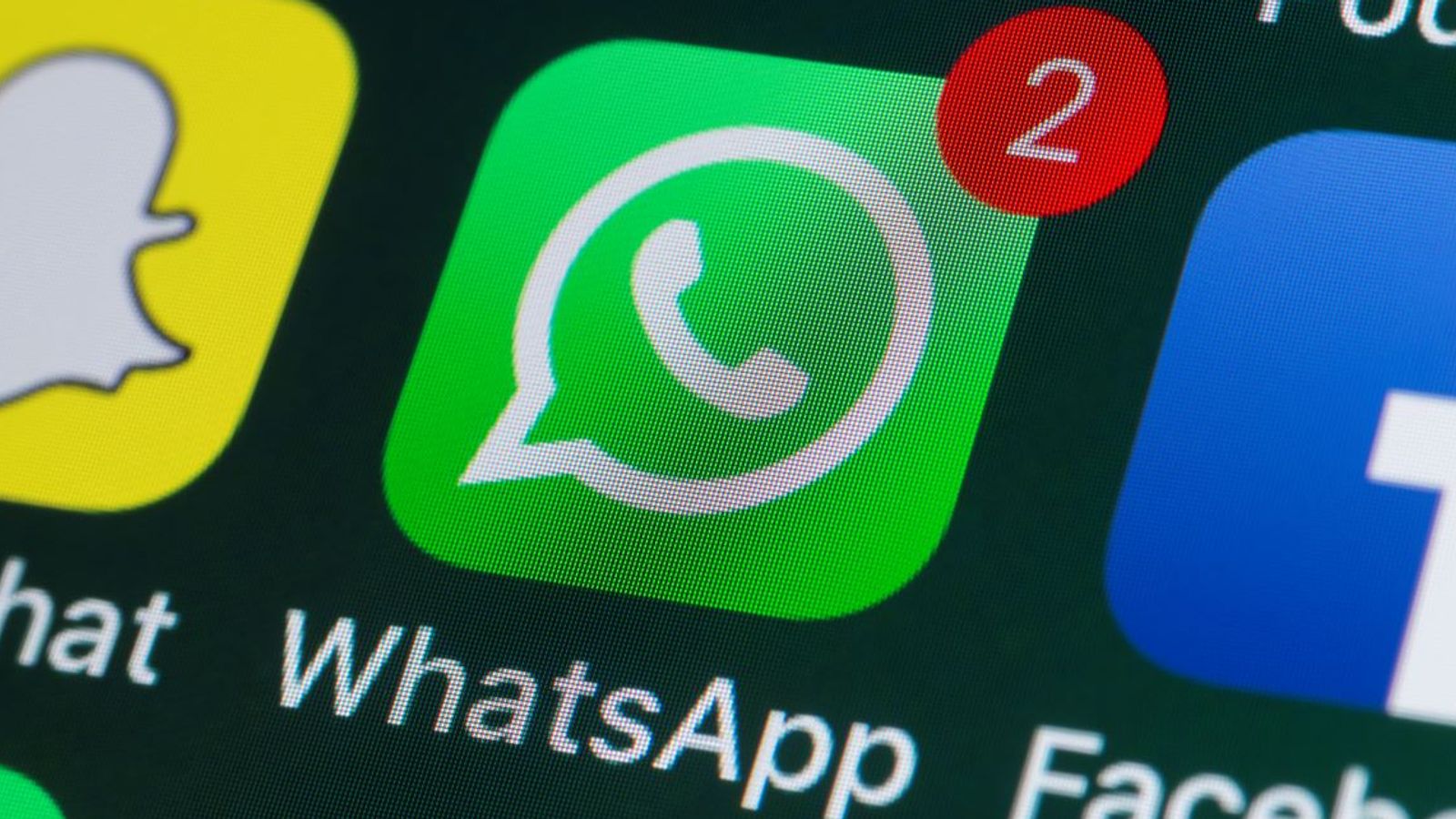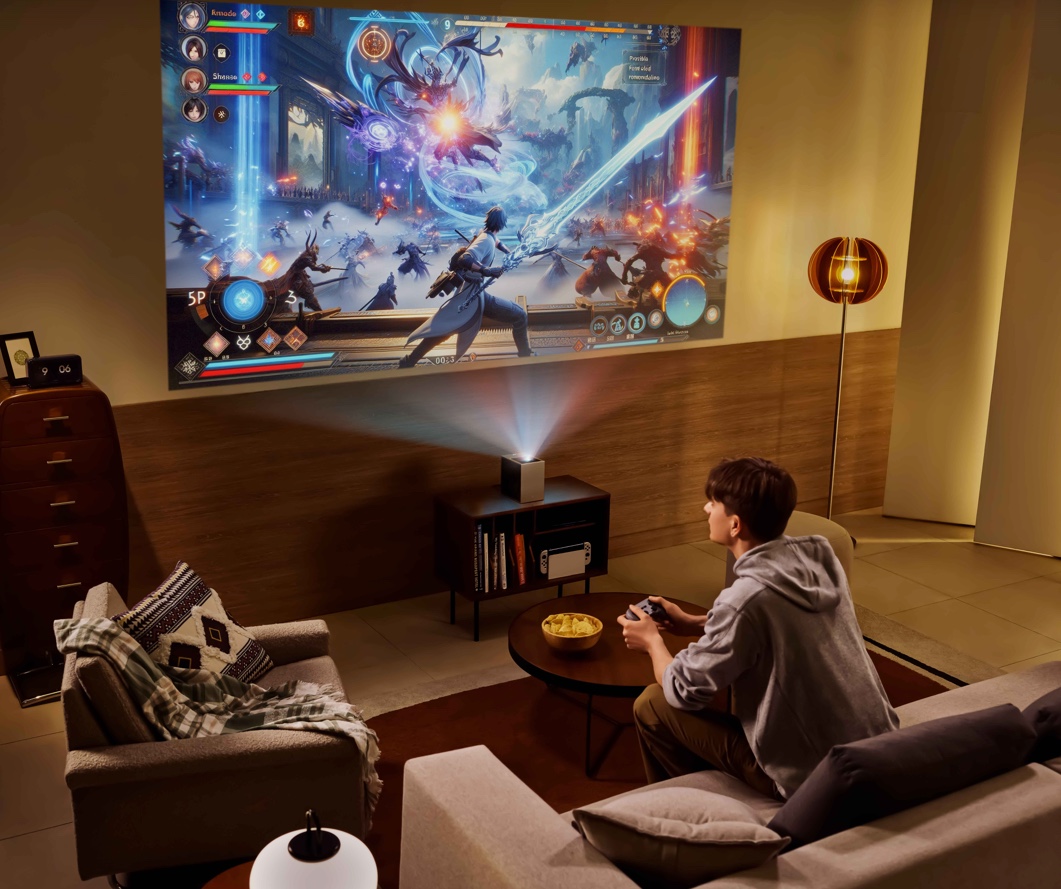A foldable iPhone may finally be on the horizon, and according to new supply chain reports, Apple is taking a markedly different approach from its Android rivals. Renowned Apple analyst Ming-Chi Kuo reports that Apple has partnered with Samsung Display to develop a specialized “crease-free” folding panel—potentially solving one of the most persistent issues in foldable design.
The solution hinges on the use of a custom metal support plate engineered to control the mechanical stress generated when the display folds. The plates will reportedly be supplied by Fine M-Tec, a South Korean company that also provides components to Samsung’s own foldable lineup. However, despite using similar suppliers, Samsung’s current Galaxy Z Fold 7 still shows a visible crease along its main display—raising questions about how Apple intends to deliver on this “crease-free” promise where others haven’t.
Kuo suggests Apple is working with Samsung Display on a bespoke implementation that differs from anything currently used in the Galaxy Z series. If true, this would represent a significant materials engineering breakthrough, and possibly signal a shift toward more durable and visually seamless folding screens. It may also explain why Apple has waited years while competitors flooded the market with foldables that continue to compromise on display uniformity.
Backing up this claim is a previous report from Bloomberg’s Mark Gurman, who said Apple’s hinge design would be noticeably more refined, aiming for a “nearly invisible” crease when unfolded. Apple is said to be prioritizing both display flatness and overall build quality—hallmarks of the company’s typical slow-but-deliberate product development cycle.
While Apple has yet to confirm any plans publicly, Kuo believes mass production could begin in the second half of 2026, meaning the first foldable iPhone might debut as early as late next year. The current prototype reportedly includes a 7.8-inch foldable inner screen, a 5.5-inch external display, dual rear cameras, and a single front-facing camera. Interestingly, Face ID may not be part of the initial design. Instead, Apple is expected to use a side-mounted Touch ID power button, perhaps to reduce bulk and component complexity inside the folding frame.
As for dimensions, the foldable iPhone is expected to measure around 4.5mm thick when unfolded, and between 9mm and 9.5mm when closed—slightly thicker than Samsung’s Z Fold 7 (4.2mm unfolded, 8.9mm folded), but still within the current industry standard.
While Apple may be arriving later than most, its first foldable appears to be less about chasing specs and more about solving real design limitations. If Apple can successfully deliver a device that folds without an obvious crease—and with the same long-term reliability expected from its non-folding iPhones—it could significantly reshape mainstream expectations around foldable tech.
For now, the foldable iPhone remains in development, but all signs suggest it’s inching closer to reality—and unlike many of its rivals, Apple seems intent on getting it right before going to market.







